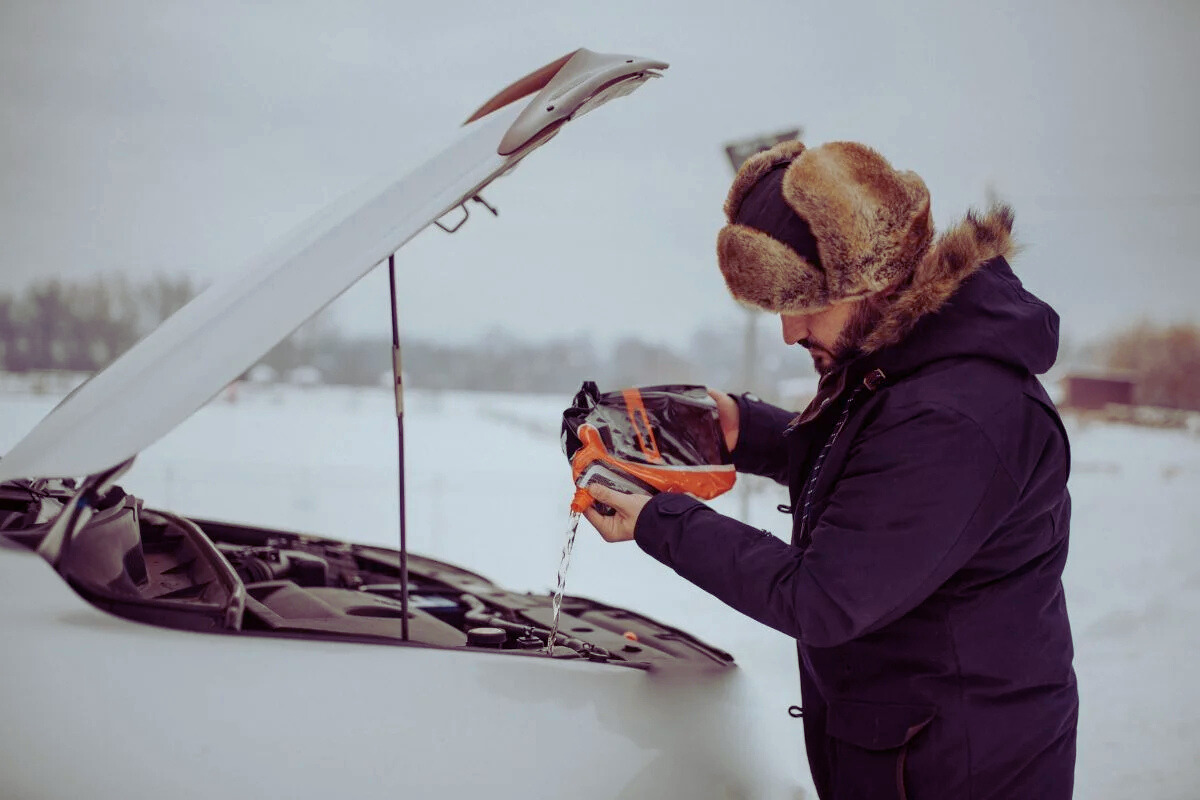As winter approaches, ensuring your vehicle is ready for harsh weather conditions is crucial. Snow, ice, and freezing temperatures can take a toll on your car’s performance and safety. By properly preparing your car for winter, you not only enhance your safety but also prevent costly repairs down the line. This guide will walk you through the essential steps to winterize your car, helping you drive confidently through the colder months.
1. Check Your Tires
Winter tires are one of the most important aspects of preparing your car for cold weather. Here’s why:
a. Switch to Winter Tires
All-season tires are versatile, but they are not ideal for winter conditions. Winter tires are made with a softer rubber compound that stays flexible in low temperatures, allowing for better traction on snow and ice. Additionally, winter tires have deeper treads that help channel snow and slush away from the tire, providing more grip on slippery surfaces.
b. Monitor Tire Pressure
As temperatures drop, so does your tire pressure. For every 10-degree Fahrenheit drop in temperature, your tires lose about 1 PSI (pound per square inch). Under-inflated tires can reduce fuel efficiency, wear down unevenly, and reduce your control on icy roads. Regularly check your tire pressure and keep it at the recommended level stated in your vehicle’s owner’s manual.
c. Check Tread Depth
The deeper the tread, the better your tires can grip the road in winter conditions. Use the penny test: insert a penny into the tire tread with Lincoln’s head facing down. If you can see all of Lincoln’s head, it’s time to replace your tires.
2. Test Your Battery
Cold weather affects battery performance, and a weak battery may not be able to start your car in freezing conditions.
a. Get a Battery Test
Visit a mechanic or auto parts store to have your battery tested. They can measure the voltage output and determine whether it’s time for a replacement. If your battery is more than three years old, consider replacing it before winter hits.
b. Clean Battery Terminals
Corrosion on the battery terminals can prevent your car from starting, especially in cold weather. Clean the terminals with a wire brush and baking soda solution to ensure a good connection between the battery and your vehicle.
3. Top Off and Change Fluids
Fluids are vital for the proper functioning of your car, especially in cold weather.
a. Check and Refill Antifreeze (Coolant)
Antifreeze, or coolant, prevents your engine from freezing in cold temperatures. Make sure the coolant mixture is a 50/50 blend of water and antifreeze, or refer to your owner’s manual for the ideal ratio. If it’s been more than two years since your last coolant flush, get it replaced to avoid engine damage.
b. Switch to Winter Wiper Fluid
Normal windshield washer fluid can freeze in low temperatures. Use winter wiper fluid, which is specially formulated to resist freezing, ensuring your windshield stays clean and clear during snow and ice storms.
c. Change Your Oil
Cold weather thickens oil, making it harder for your engine to circulate it properly. Consider switching to a winter-grade oil, which is thinner and designed to flow better in cold temperatures. Check your vehicle’s manual for the recommended winter oil grade.
4. Inspect the Brakes
Brakes are even more critical during winter when road conditions are slippery and unpredictable.
a. Check Brake Pads and Rotors
Have a mechanic inspect your brake pads, rotors, and calipers to ensure they are in good working condition. Worn brake pads can reduce stopping power, which is dangerous in icy conditions.
b. Listen for Unusual Noises
Squeaking or grinding noises when applying the brakes could indicate worn pads or other brake system issues. Address these problems before winter to ensure your brakes are fully operational.
5. Replace Worn Windshield Wipers
Visibility is key to safe winter driving, and functioning windshield wipers are crucial in clearing snow, rain, and ice from your view.
a. Install Winter Wiper Blades
Winter wiper blades are designed to handle ice and snow better than standard wipers. They have a rubber covering to prevent ice buildup, allowing for better performance in harsh conditions.
b. Check Wiper Fluid Nozzles
Make sure your windshield washer nozzles are free from clogs, as blocked nozzles can prevent fluid from reaching your windshield. You can use a needle or pin to clear any blockages.
6. Examine the Heating and Defrosting System
Your heating and defrosting system is vital for comfort and visibility during winter driving.
a. Test the Heater
Make sure your car’s heater is working properly before temperatures drop. If it takes too long to heat up or isn’t blowing hot air, you might need to replace the thermostat or heater core.
b. Check the Defroster
Your car’s defroster helps clear fog and ice from the windshield. Ensure both the front and rear defrosters are functioning properly to maintain visibility during winter driving.
7. Prepare an Emergency Kit
Winter can be unpredictable, and it’s always best to be prepared for any situation. Having Car for Winter emergency kit in your car can make a huge difference in the event of a breakdown or getting stuck in snow.
a. Essential Items for Your Emergency Kit
- Blankets: Keep warm if you are stranded in cold weather.
- Ice scraper and snow brush: Clear snow and ice from your windows.
- Jumper cables: Help if your battery dies.
- Shovel: Useful for digging your car out of snow.
- Flashlight with extra batteries: For visibility in the dark.
- First-aid kit: To treat minor injuries.
- Non-perishable snacks and water: In case you are stuck for an extended period.
- Sand or cat litter: Helps provide traction if your car is stuck in snow or ice.
- Tire chains: For improved traction on icy roads.
8. Inspect Lights and Signals
Car for Winter driving often involves poor visibility, whether it’s due to snow, rain, or shorter daylight hours.
a. Check Headlights and Taillights
Make sure all your lights are functioning properly. Replace any burnt-out bulbs and consider upgrading to brighter LED lights for better visibility in fog or heavy snow.
b. Clean Foggy Headlight Covers
Over time, headlight covers can become foggy or dirty, reducing their effectiveness. Clean the covers with a headlight restoration kit or toothpaste to improve clarity and brightness.
9. Lubricate Locks and Weather Stripping
Cold weather can cause car locks and doors to freeze, which can be both frustrating and time-consuming.
a. Apply Lock Lubricant
Use a graphite-based lock lubricant to keep your car’s locks from freezing. Spray the lubricant into the keyhole and move the key in and out to distribute it evenly.
b. Use Silicone Spray for Weather Stripping
Apply silicone spray to your door seals and weather stripping to prevent them from sticking to the car frame in freezing temperatures. This also helps to keep the rubber seals pliable and extend their lifespan.
10. Check Exhaust System and Air Filters
The colder months can be tough on your car’s exhaust system and air intake.
a. Inspect the Exhaust for Leaks
Check for any exhaust leaks, as they can lead to harmful gases entering the cabin, especially when windows are rolled up in cold weather. Repair any leaks as soon as possible.
b. Replace Air Filters
Cold air can be harsh on your engine’s air intake. Clean or replace your engine and cabin air filters to ensure optimal airflow and to reduce the strain on your engine during winter driving.
Conclusion of Car for Winter
Preparing your car for winter is essential for safe and reliable driving during the cold months. From checking your tires and battery to replacing fluids and preparing an emergency kit, these steps can help protect you and your vehicle.
Don’t wait until the first snowstorm to start winterizing your car—taking these precautions early can save you from the stress and hazards of winter driving. Stay safe on the road this winter by ensuring your vehicle is ready for whatever Mother Nature throws your way.








